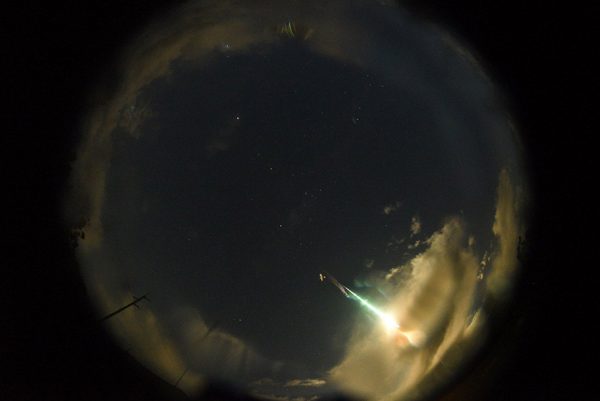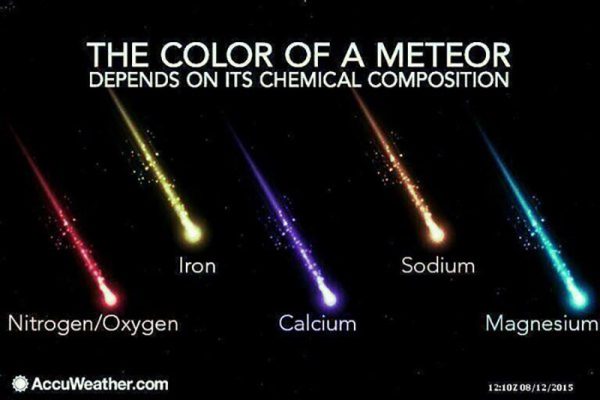A fireball lights up Perth's night sky

After a week where we saw a change of Prime Minister, you couldn’t believe things could get any fiery. But that’s the thing about the universe, it always has a way of proving us wrong. On the night of the 28th at 19:40 (AWST), A meteoroid approximately a metre in diameter that was minding its own business orbiting around the sun meets its dynasty as the Earth moved into its orbital path and it entered our atmosphere, becoming a meteor or what some call a fireball or bolide (French for missile).
The glow from the meteor was caused by friction on the meteor as it was going through the atmosphere. These meteors enter the atmosphere at 15 to 20 km per second which melts the outer layers of the meteor making it glow. The fascinating thing about the glow is that it can tell us the makeup of the meteor, the greenish/yellowish glow of this meteor means it was made up of magnesium and iron. The friction from our atmosphere also causes the meteor to heat up and expand, which then caused it to airburst (explode) while still travelling through our atmosphere and possibly land in multiple locations.

The response from the Western Australian public has been amazing, within minutes of the meteor exploding, twitter and Reddit was abuzz and the Perth Observatory received dozens of calls from frantic people all saying they had witnessed it. After I talked to Chris Ilsley on 6PR we were inundated with footage of the meteor and news agencies across the country including The West Australian, News.com.au, Daily Telegraph and international news agencies including CNN, Daily Mail, Guardian, Space.com and Yahoo picked up the story. The next day got even busier with both The Fireballs in the Sky team from Curtin University (http://fireballsinthesky.com.au) and myself being interviewed by the ABC, Channel 7, 9 and 10 for their nightly news, plus we did countless radio interviews across Australia.
The Fireballs in the Sky team are currently investigating whether the meteor hit the earth near the town of York which is around 100 km east of Perth. They have a camera network around Perth and their Northam camera managed to capture the meteor in an image. They also had 20+ people report the meteor through their Fireballs in the Sky mobile app which is helping them to triangulate where the possible pieces of the meteor may have landed and when they can narrow down the search area which should take a couple of weeks they go hunting.





